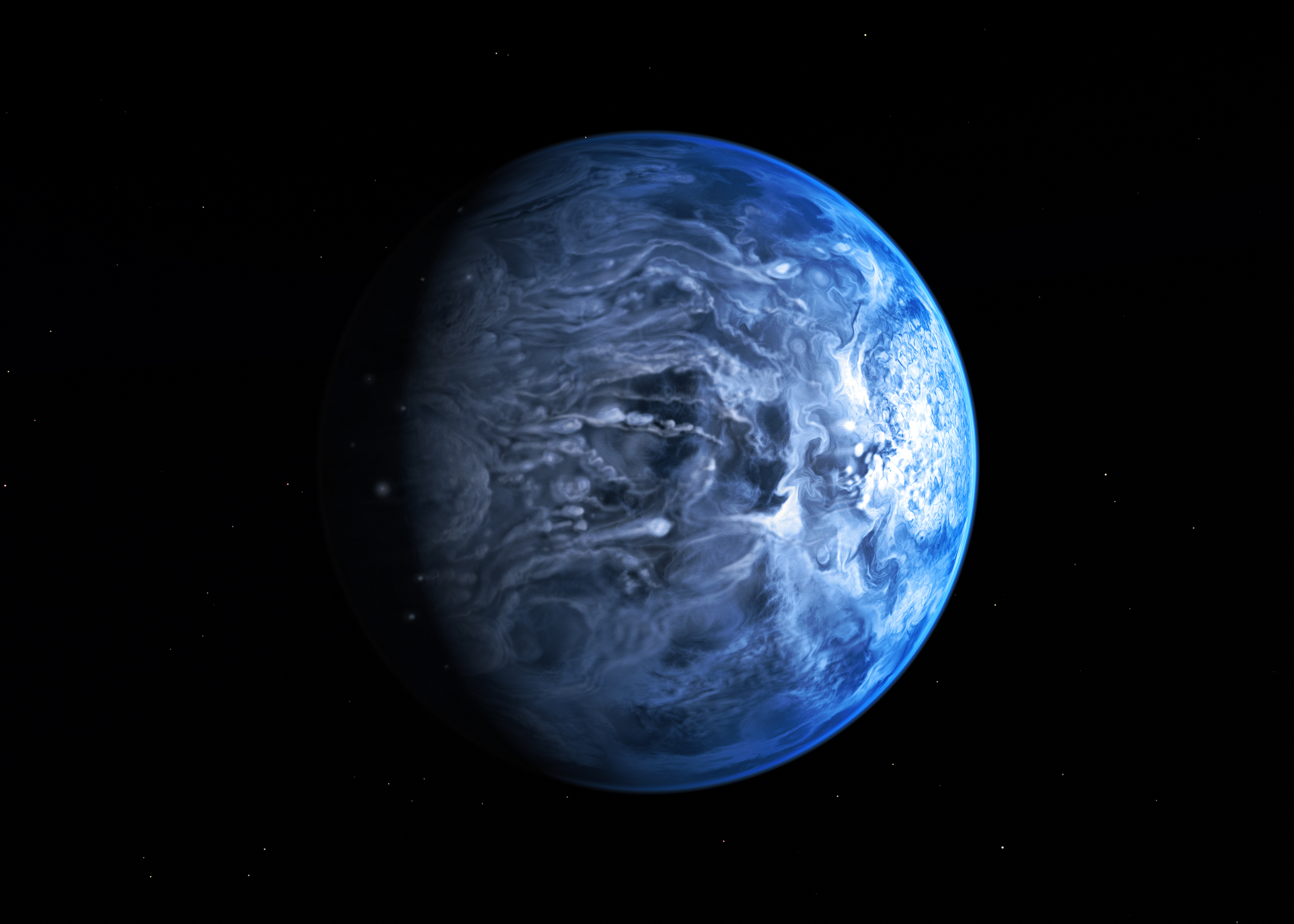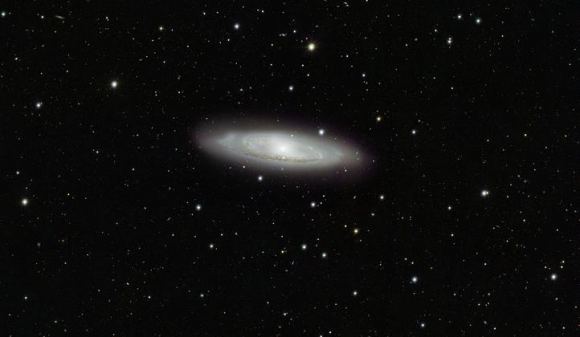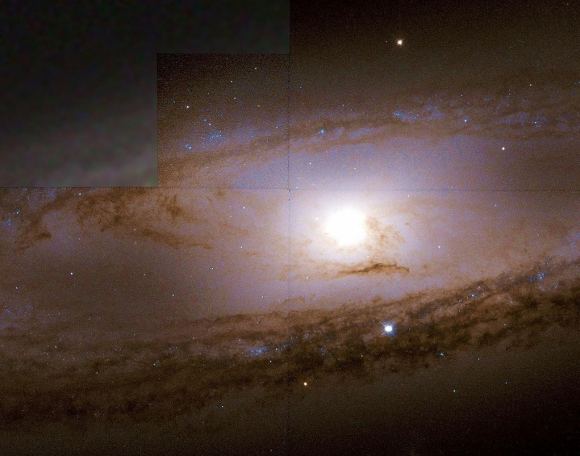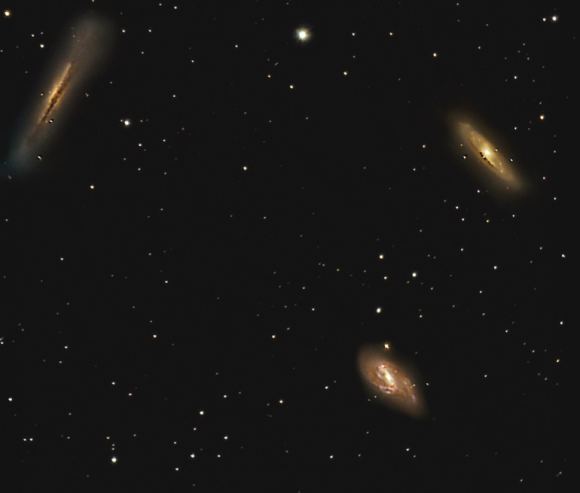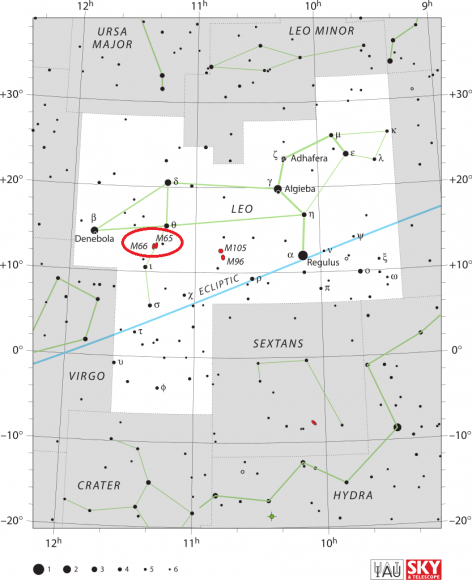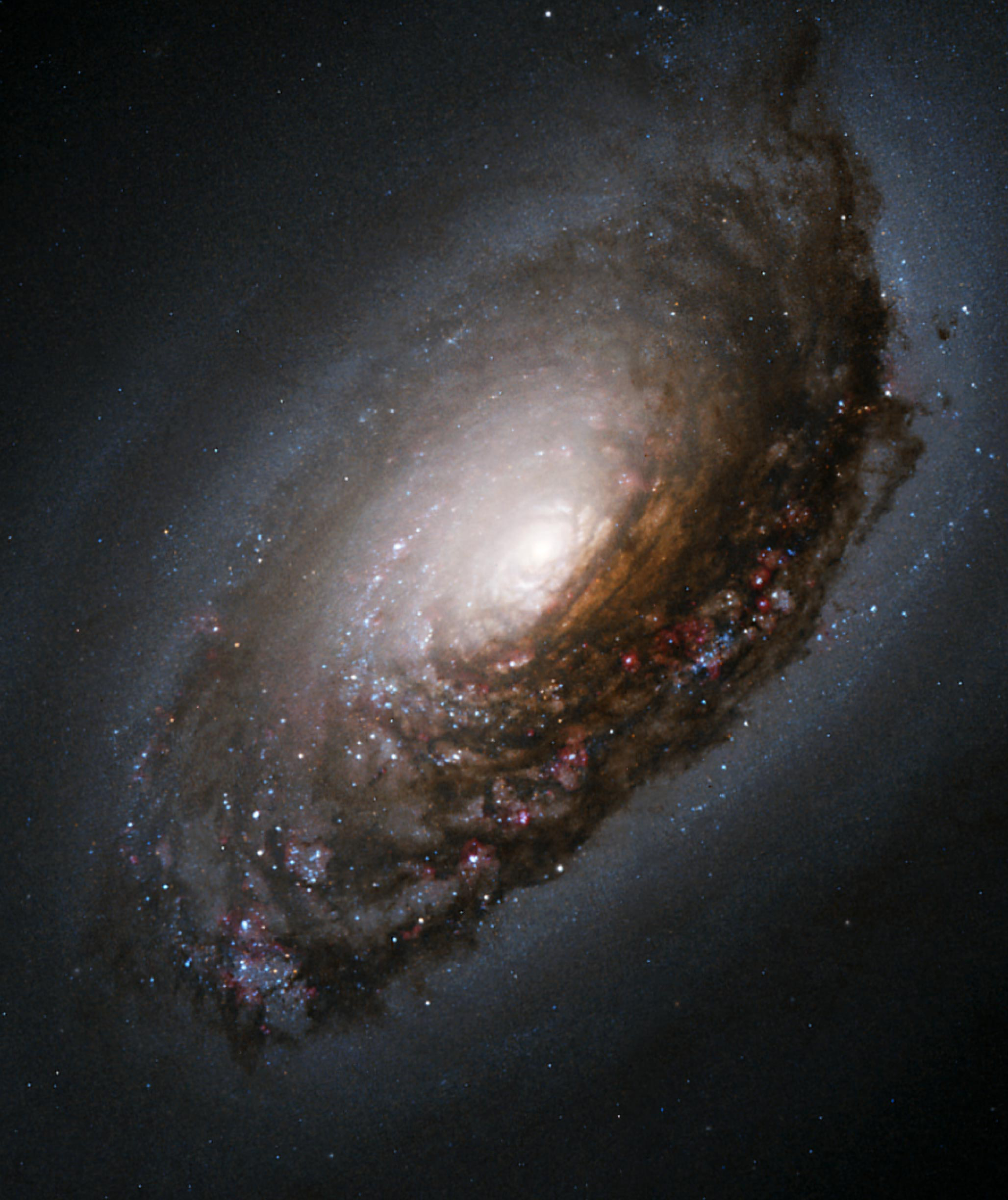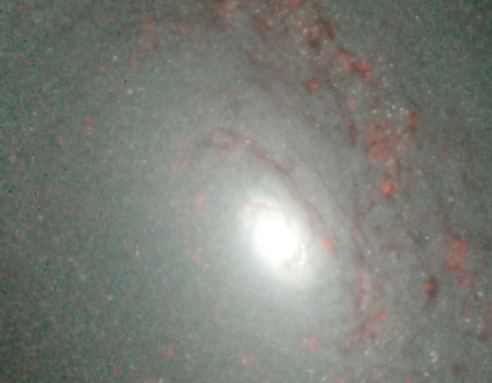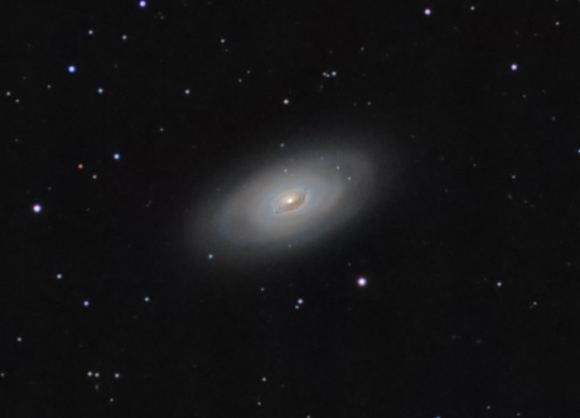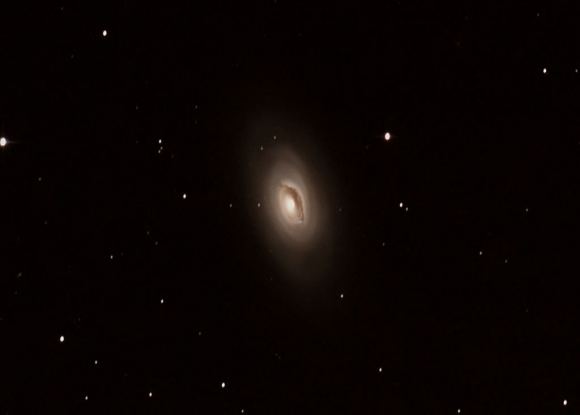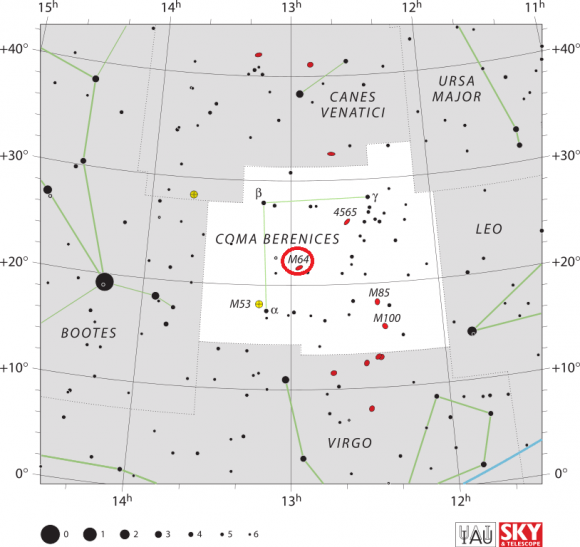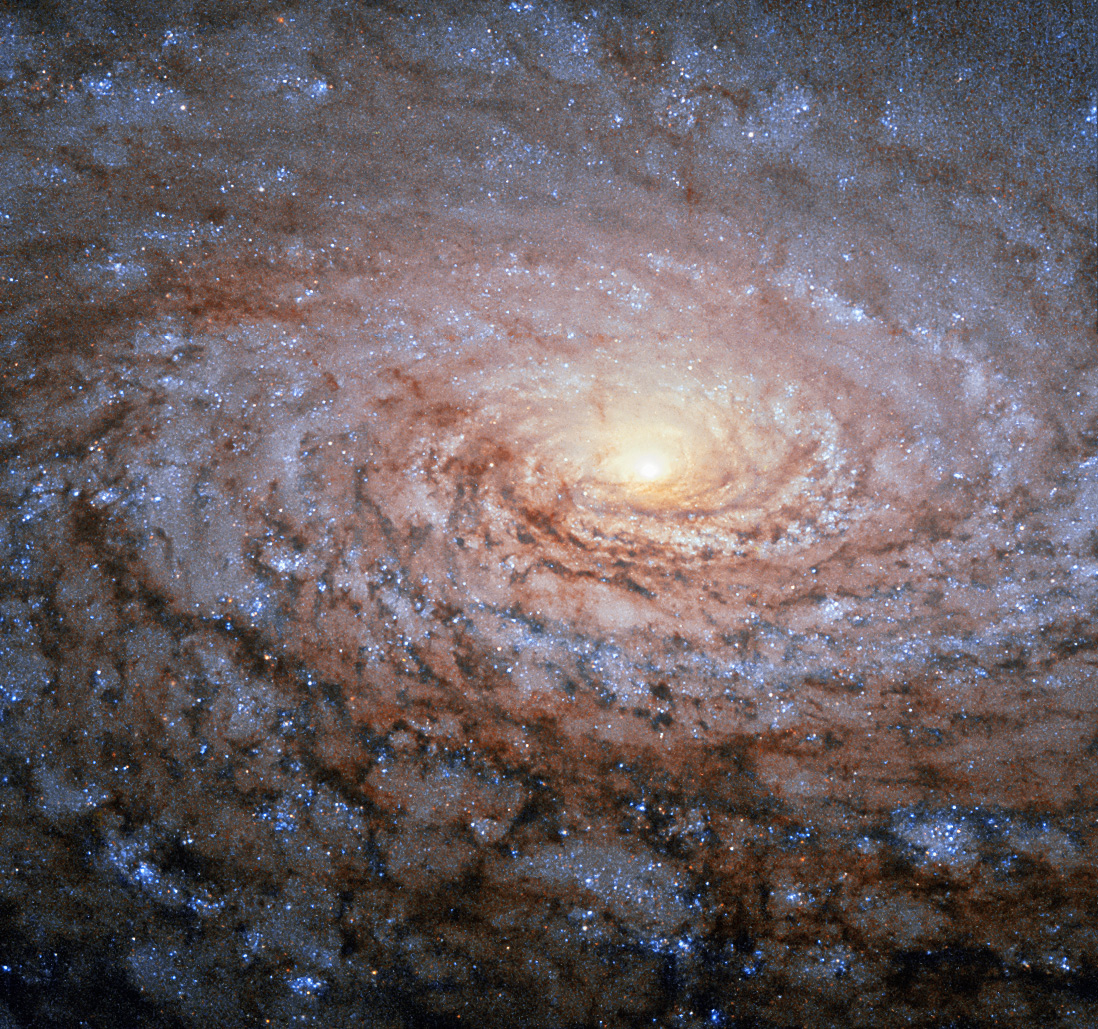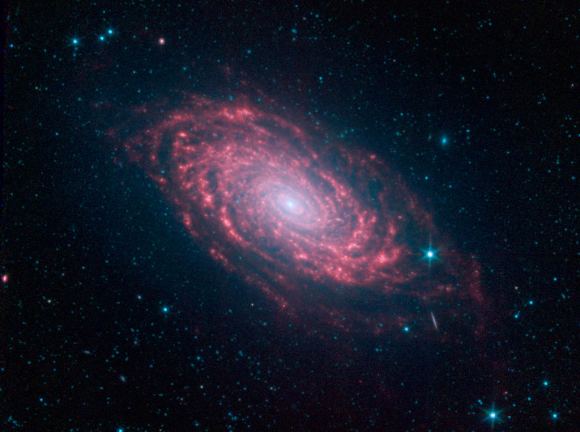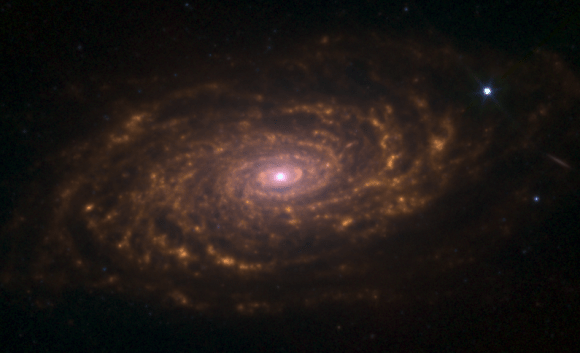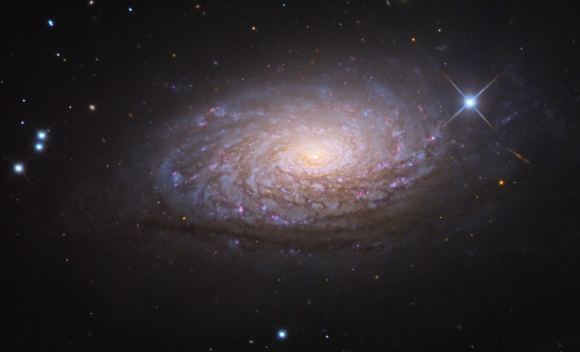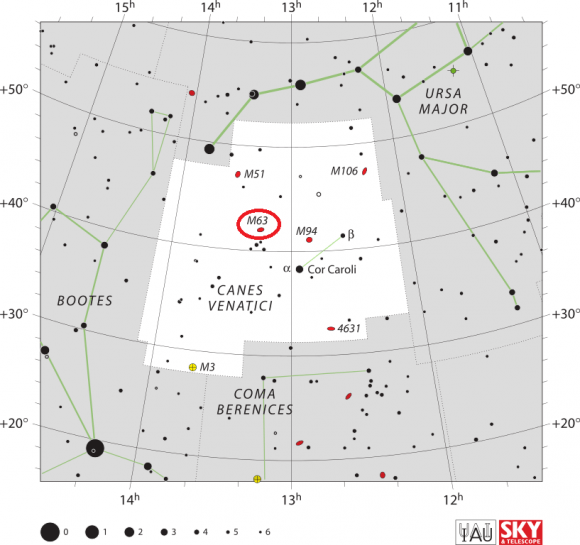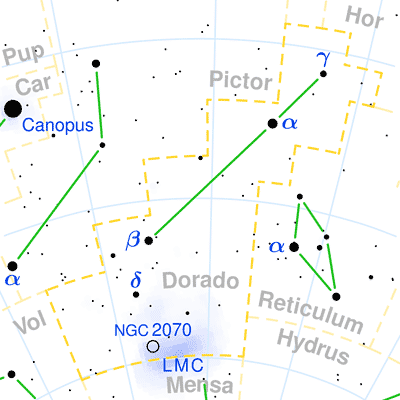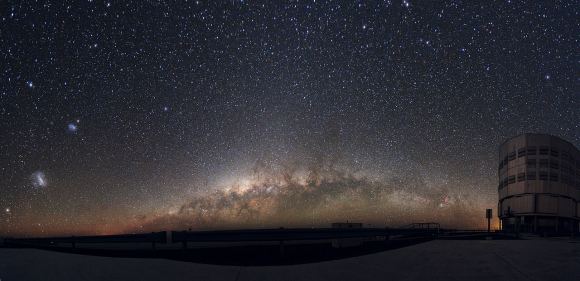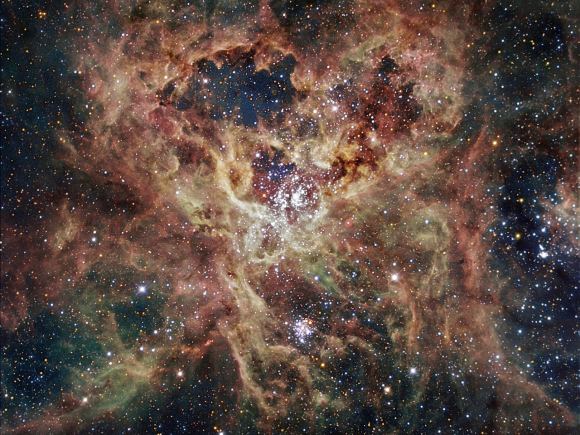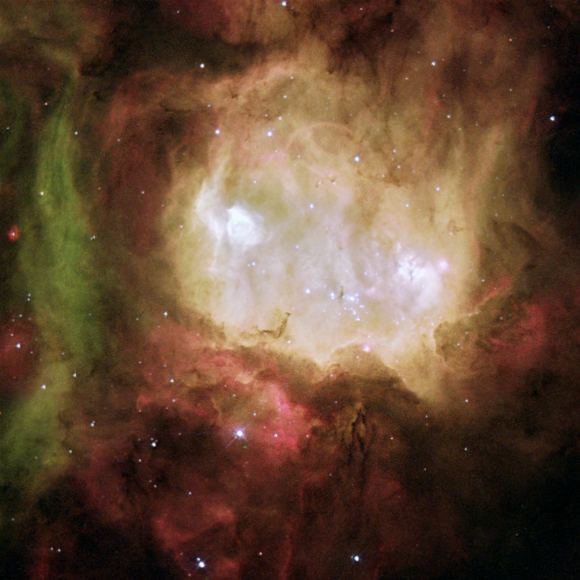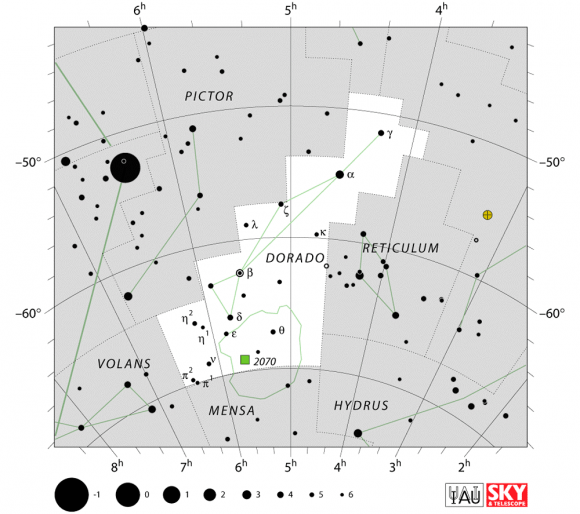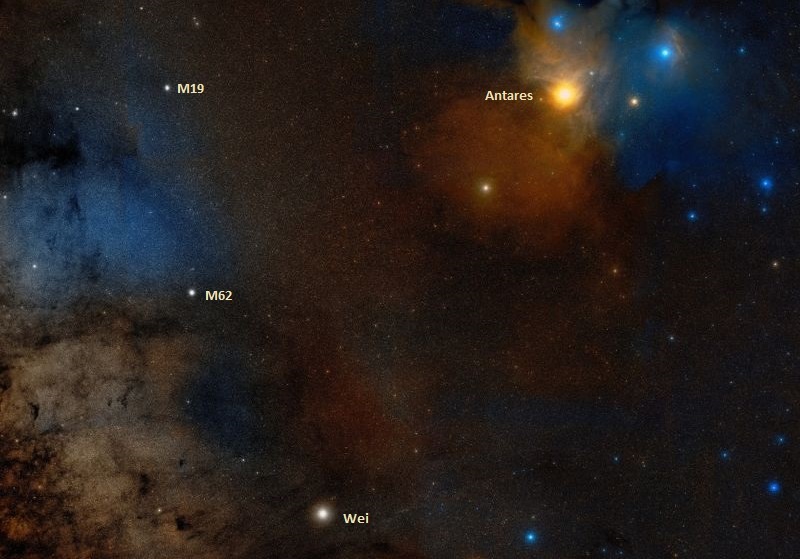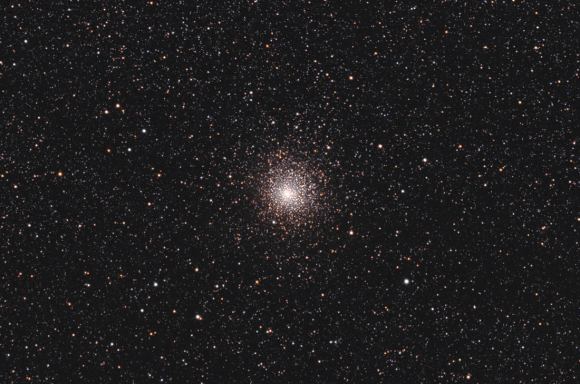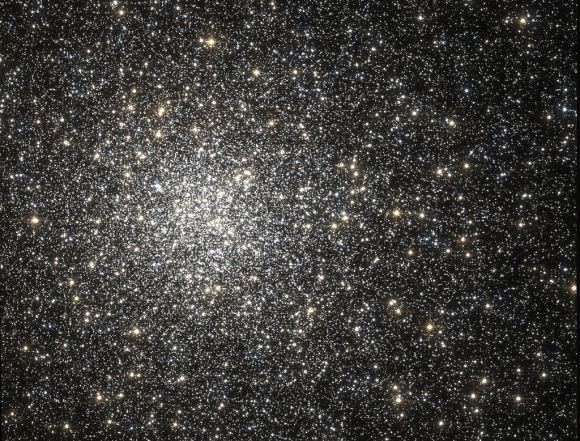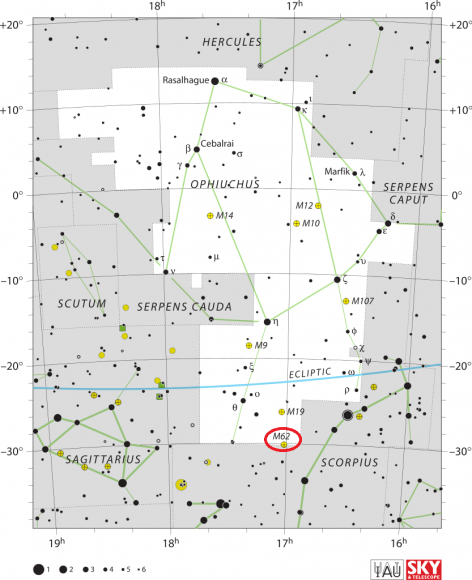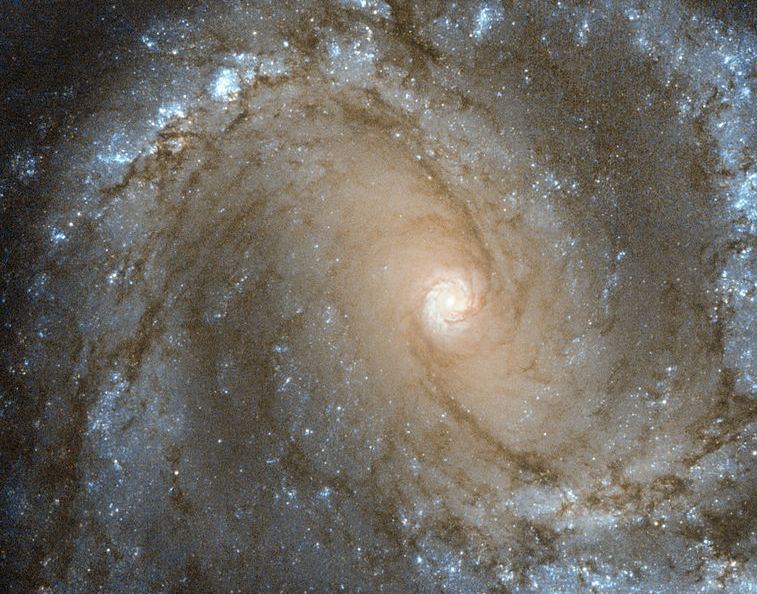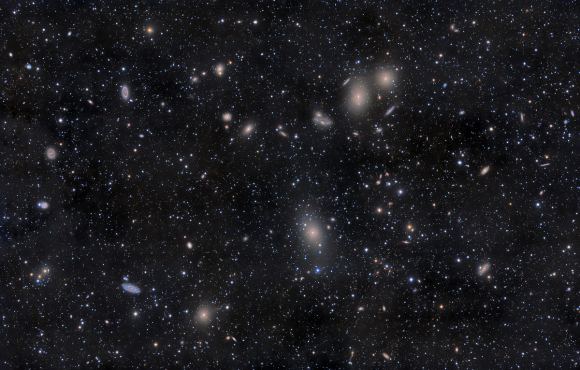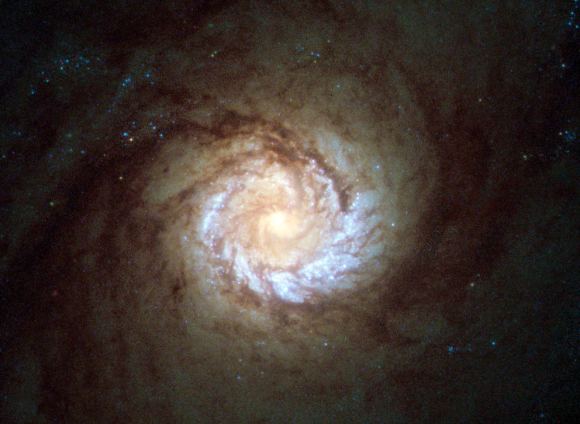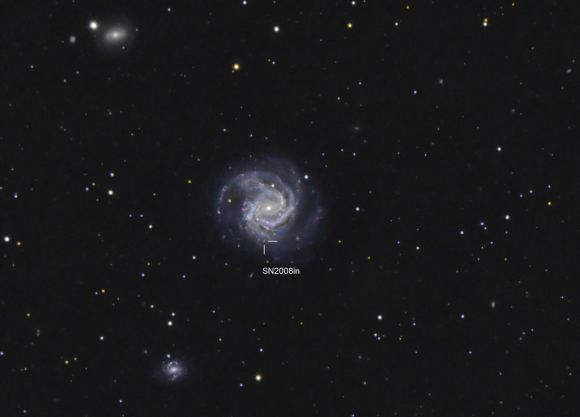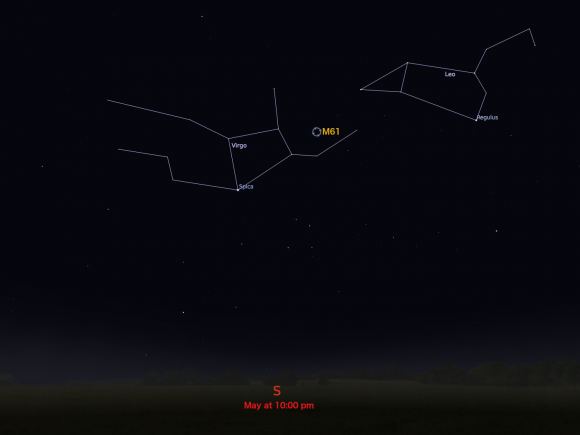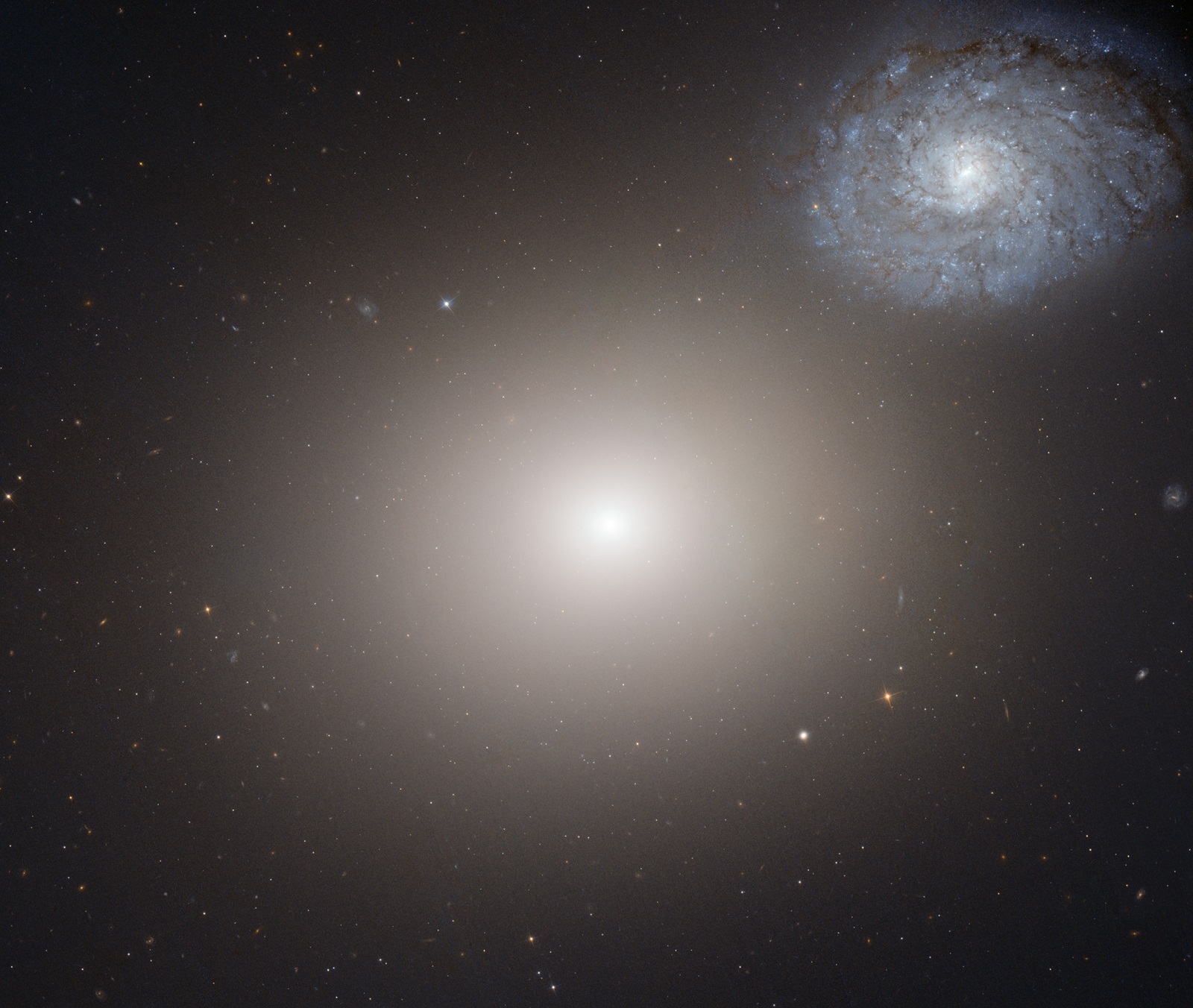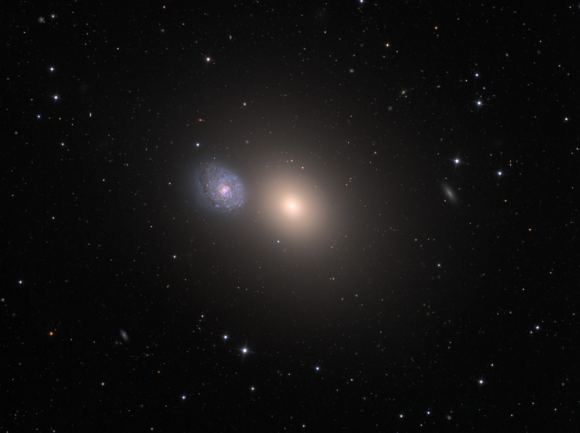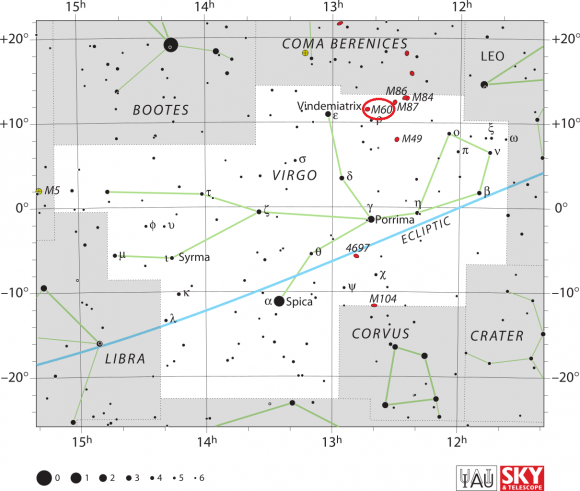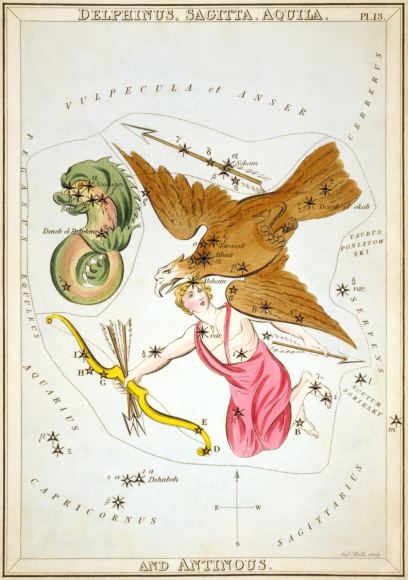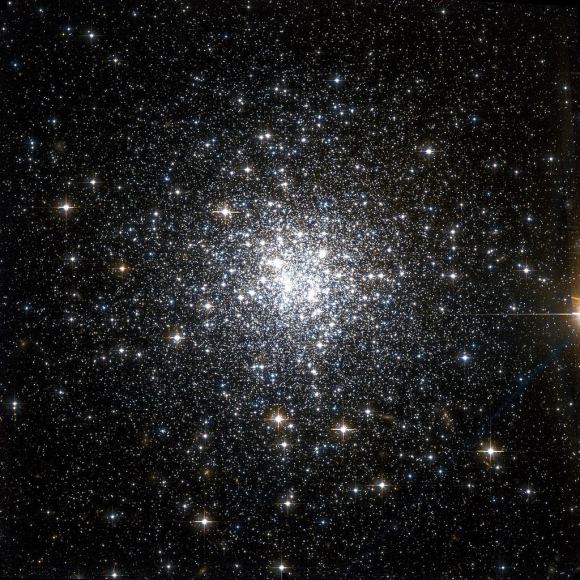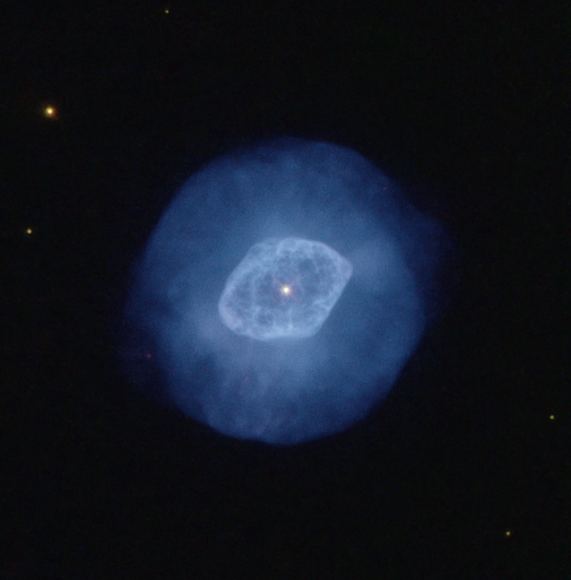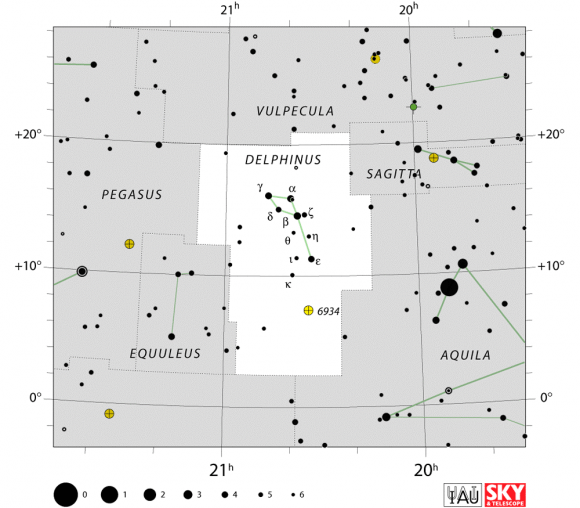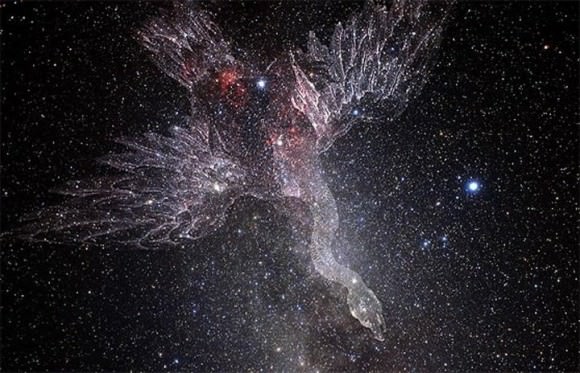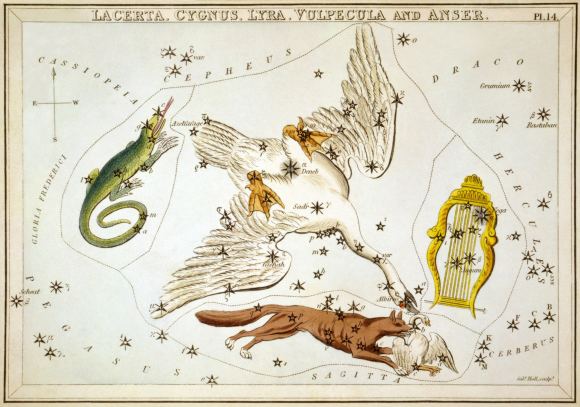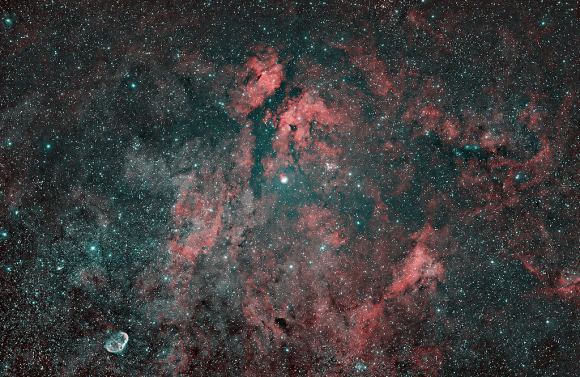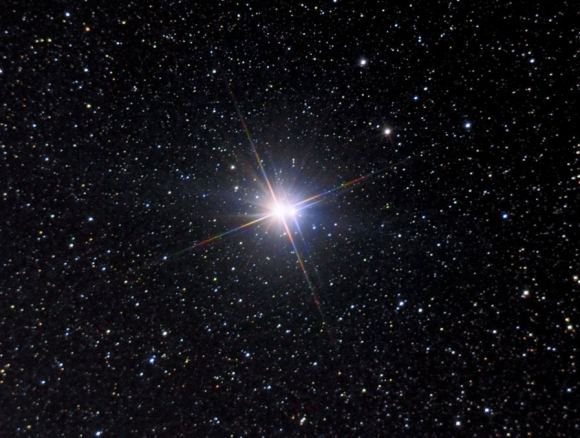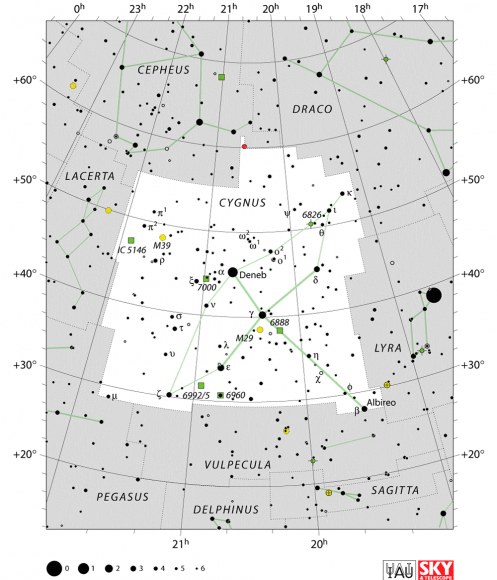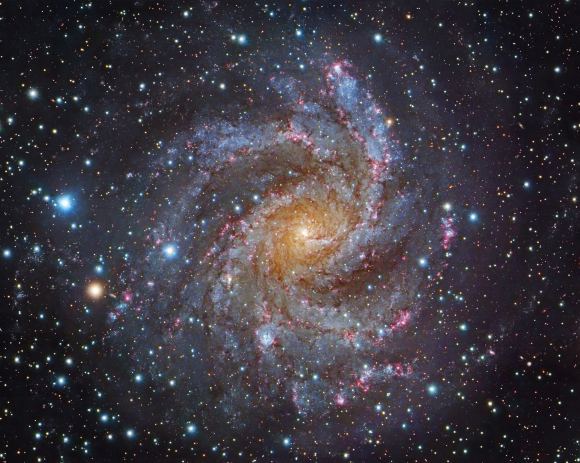The supertelescopes are coming, enormous ground and space-based observatories that’ll let us directly observe the atmospheres of distant worlds. We know there’s life on Earth, and our atmosphere tells the tale, so can we do the same thing with extrasolar planets? It turns out, coming up with a single biosignature, a chemical in the atmosphere that tells you that yes, absolutely, there’s life on that world, is really tough.
I’ve got to admit, I’ve been pretty bad for this in the past. In old episodes of Astronomy Cast and the Weekly Space Hangout, even here in the Guide to Space, I’ve said that if we could just sample the atmosphere of a distant world, we could say with conviction if there’s life there.
Just detect ozone in the atmosphere, or methane, or even pollution and you could say, “there’s life there.” Well, future Fraser is here to correct past Fraser. While I admire his naive enthusiasm for the search for aliens, it turns out, as always, things are going to be more difficult than we previously thought.
Astrobiologists are actually struggling to figure out a single smoking gun biosignature that could be used to say there’s life out there. And that’s because natural processes seem to have clever ways of fooling us.
What are some potential biosignatures, why are they problematic, and what will it take to get that confirmation?
Let’s start with a world close to home: Mars.
For almost two decades, astronomers have detected large clouds of methane in the atmosphere of Mars. Here on Earth, methane comes from living creatures, like bacteria and farting cows. Furthermore, methane is easily broken down by sunlight, which means that this isn’t ancient methane leftover from billions of years ago. Some process on Mars is constant replenishing it.
But what?
Well, in addition to life, methane can form naturally through volcanism, when rocks interact with heated water.
NASA tried to get to the bottom of this question with the Spirit and Opportunity rovers, and it was expected that Curiosity should have the tools on board to find the source of the methane.
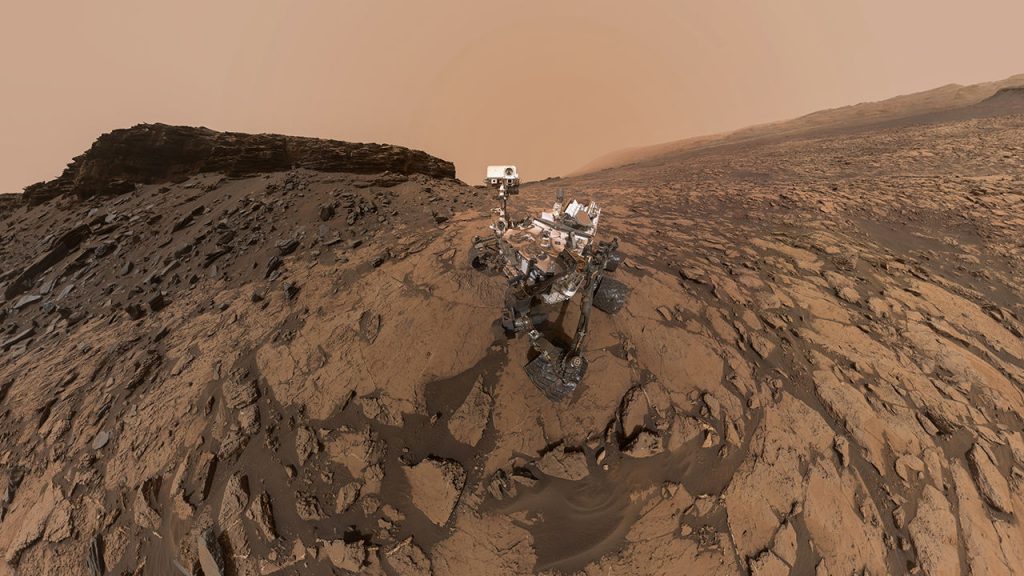
The European Space Agency’s ExoMars mission arrived at Mars in October, 2016. Although the Schiaparelli Lander was destroyed, the Trace Gas Orbiter survived the journey and began mapping the atmosphere of Mars in great detail, searching for places that could be venting methane, and so far, we don’t have conclusive results.
In other words, we’ve got a fleet of orbiters and landers at Mars, equipped with instruments designed to sniff out the faintest whiff of methane on Mars.
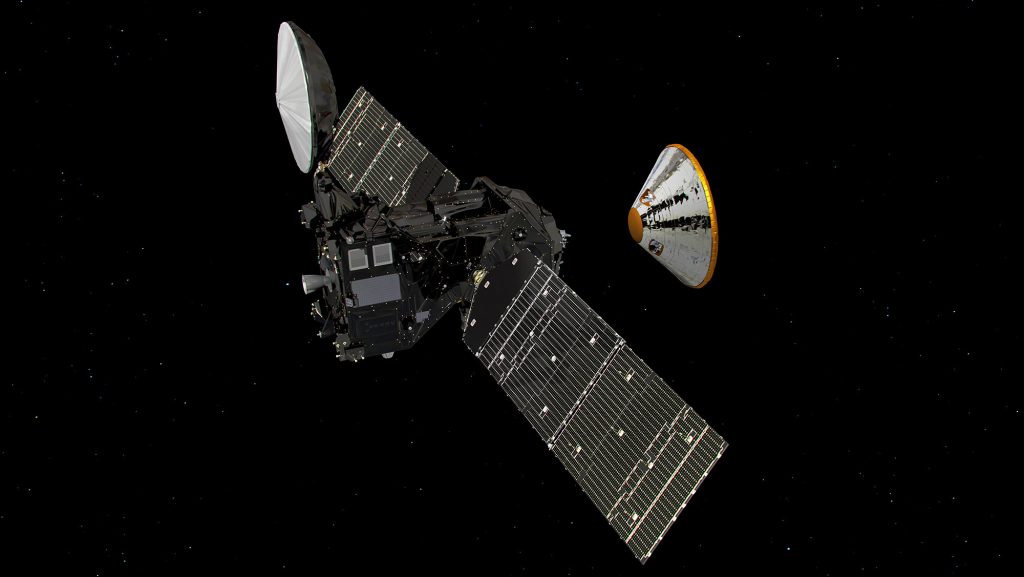
There’s some really intriguing hints about how the methane levels on Mars seem to rise and fall with the seasons, indicating life, but astrobiologists still don’t agree.
Extraordinary claims require extraordinary evidence and all that.
Some telescopes can already measure the atmospheres of planets orbiting other stars. For the last decade, NASA’s Spitzer Space Telescope has been mapping out the atmospheres of various worlds. For example, here’s a map of the hot jupiter HD 189733b
They perform this feat by measuring the chemicals of the star while the planet is passing in front of it, and then measure it when there’s no planet. That tells you what chemicals the planet is bringing to the party.
They also were able to measure the atmosphere of HAT-P-26b, which is a relatively small Neptune-sized world orbiting a nearby star, and were surprised to find water vapor in the atmosphere of the planet.
Does that mean there’s life? Wherever we find water on Earth we find life. Nope, you can totally get water without having life.
When it launches in 2019, NASA’s James Webb Space Telescope is going to take this atmospheric sensing to the next level, allowing astronomers to study the atmospheres of many more worlds with a much higher resolution.

One of the first targets for Webb will be the TRAPPIST-1 system with its half-dozen planets orbiting in the habitable zone of a red dwarf star. Webb should be able to detect ozone, methane, and other potential biosignatures for life.
So what will it take to be able to view a distant world and know for sure there’s life there.
Astrobiologist John Lee Grenfell from the German Aerospace Centre recently created a report, going through all the exoplanetary biosignatures that could be out there, and reviewed them for how likely they were to be an indication of life on another world.
The first target will be molecular oxygen, or O2. You’re breathing it right now. Well, 21% of every breath, anyway. Oxygen will last in the atmosphere of another world for thousands of years without a source.
It’s produced here on Earth by photosynthesis, but if a world is being battered by its star, and losing atmosphere, then the hydrogen is blown off into space, and molecular oxygen can remain. In other words, you can’t be certain either way.
How about ozone, aka O3? O2 is converted into O3 through a chemical process in the atmosphere. It sounds like a good candidate, but the problem is that there are natural processes that can produce ozone too. There’s an ozone layer on Venus, one on Mars, and they’ve even been detected around icy moons in the Solar System.
There’s nitrous oxide, also known as laughing gas. It’s produced as an output by bacteria in the soil, and helps contribute to the Earth’s nitrogen cycle. And there’s good news, Earth seems to be the only world in the Solar System that has nitrous oxide in its atmosphere.
But scientists have also developed models for how this chemical could have been generated in the Earth’s early history when its sulfur-rich ocean interacted with nitrogen on the planet. In fact, both Venus and Mars could have gone through a similar cycle.
In other words, you might be seeing life, or you might be seeing a young planet.
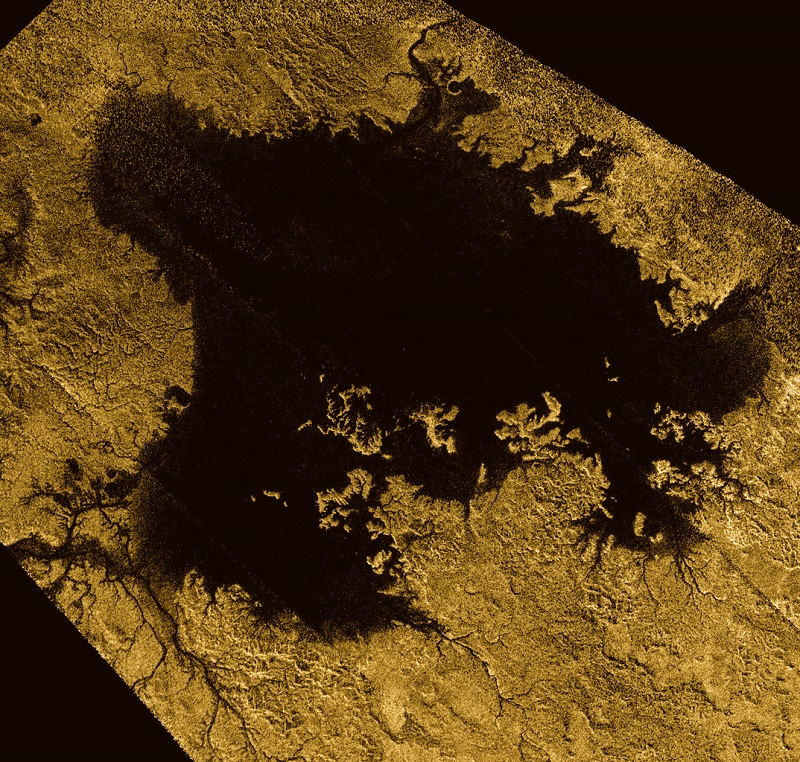
Then there’s methane, the chemical we spent so much time talking about. And as I mentioned, there’s methane produced by life here on Earth, but it’s also on Mars, and there are liquid oceans of methane on Titan.
Astrobiologists have suggested other hydrocarbons, like ethane, isoprene, but these have their own problems too.
What about the pollutants emitted by advanced civilizations? Astrobiologists call these “technosignatures”, and they could include things like chlorofluorocarbons, or nuclear fallout. But again, these chemicals would be hard to detect light years away.
Astronomers have suggested that we should search for dead earths, just to set a baseline. These would be worlds located in the habitable zone, but clearly life never got going. Just rock, water and a non-biologically created atmosphere.
The problem is that we probably can’t even figure out a way to confirm that a world is dead either. The kinds of chemicals you’d expect to see in the atmosphere, like carbon dioxide could be absorbed by oceans, so you can’t even make a negative confirmation.
One method might not even involve scanning atmospheres at all. The vegetation here on Earth reflects back a very specific wavelength of light in the 700-750 nanometer region. Astrobiologists call this the “red edge”, because you’ll see a 5X increase in reflectivity compared to other surfaces.
Although we don’t have the telescopes to do this today, there are some really clever ideas, like looking at how the light from a planet reflects onto a nearby moon, and analyze that. Searching for exoplanet earthshine.
In fact, back in the Earth’s early history, it would have looked more purple because of Archaean bacteria.
There’s a whole fleet of spacecraft and ground observatories coming online that’ll help us push further into this question.
ESA’s Gaia mission is going to map and characterize 1% of the stars in the Milky Way, telling us what kinds of stars are out there, as well as detect thousands of planets for further observation.
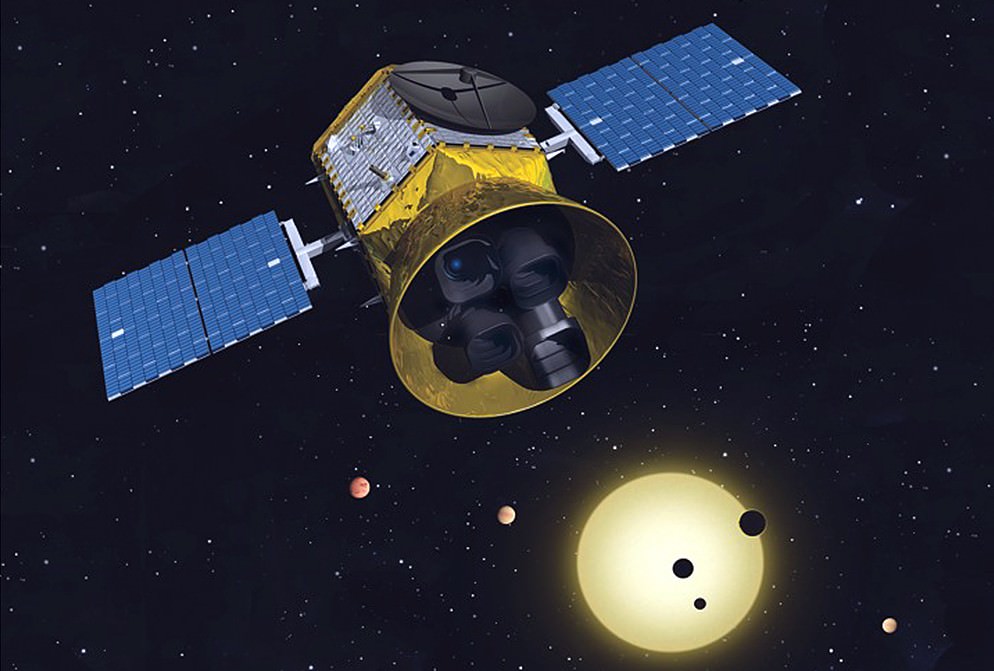
Image Credit: MIT
The Transiting Exoplanet Space Survey, or TESS, launches in 2018, and will find all the transiting Earth-sized and larger exoplanets in our neighborhood.
The PLATO 2 mission will find rocky worlds in the habitable zone, and James Webb will be able to study their atmospheres. We also talked about the massive LUVOIR telescope that could come online in the 2030s, and take these observations to the next level.
And there are many more space and ground-based observatories in the works.
As this next round of telescopes comes online, the ones capable of directly measuring the atmosphere of an Earth-sized world orbiting another star, astrobiologists are going to struggling to find a biosignature that provides a clear sign there’s life there.
Instead of certainty, it looks like we’re going to have the same struggle to make sense of what we’re seeing. Astronomers will be disagreeing with each other, developing new techniques and new instruments to answer unsolved questions.
It’s going to take a while, and the uncertainty is going to be tough to handle. But remember, this is probably the most important scientific question that anyone can ask: are we alone in the Universe?
The answer is worth waiting for.
Source: John Lee Grenfell: A Review of Exoplanetary Biosignatures.
Hat tip to Dr. Kimberly Cartier for directing me to this paper. Follow her work on EOS Magazine.

